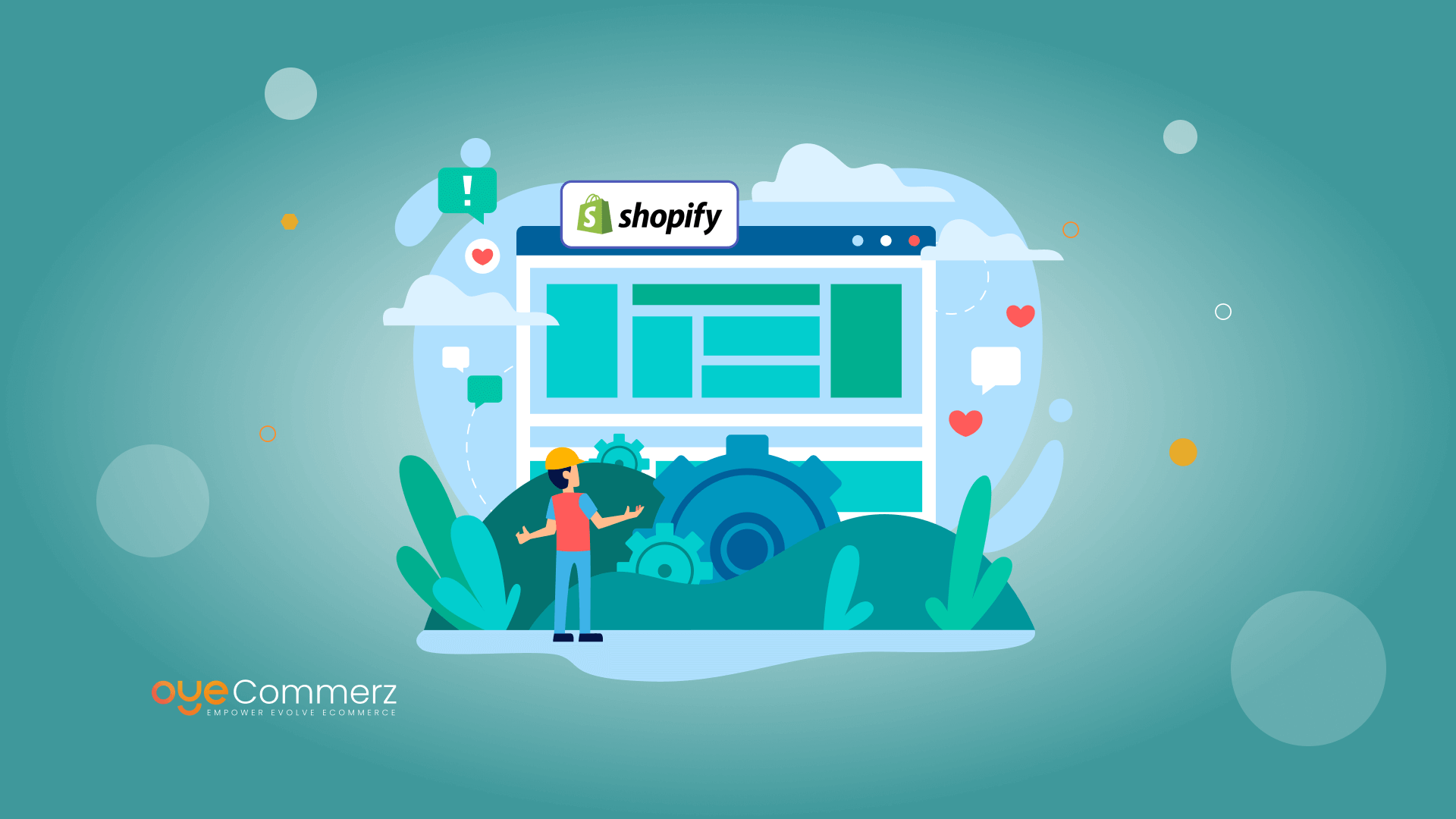
Introduction
In the current competitive e-commerce market, Shopify merchants are constantly seeking methods to boost sales and optimize their workflow. An impactful solution is through custom Shopify apps designed to fulfill specific operational goals. Connecting with the Shopify API and leveraging resources like the Polaris design system, these solutions empower businesses to scale efficiently while boosting customer experience. In this blog, we’ll discuss key aspects of Shopify application creation, from design considerations and key components to recommended strategies for supporting and expanding app capabilities efficiently.
1. Grasping Shopify API Linkage
A solid grasp of Shopify’s Application Programming Interface—both Representational State Transfer and Graph Query Language—is foundational for creating reliable Shopify applications. With these APIs, programmers can access, change, and manage information within a Shopify site. The GraphQL API offers optimized information processing, facilitating faster replies by retrieving only the required elements. Integrating the API enables developers to tailor app features to the business’s specific demands, providing a seamless user experience that boosts store efficiency and income.
2. Employing the Shopify’s Polaris framework
Shopify’s design system assists programmers to build a consistent and intuitive experience across Shopify applications. Polaris offers a suite of elements and guidelines that complement Shopify’s visual standards, creating apps look native within the Shopify environment. This strategy not only aids intuitive user interactions but also aids maintain brand consistency, an critical aspect in fostering credibility with customers.
3. Creating within the Shopify Application Network
The Shopify app ecosystem is extensive, permitting programmers to create built-in Shopify apps that function in a business’s management system. Integrated applications streamline the interface by linking directly within Shopify’s dashboard, eliminating the necessity for distinct sign-ins or additional navigation. For programmers, using Node.js for behind-the-scenes operations and the React framework for the UI has become a preferred choice, as these technologies allow expandable, adaptive applications that deliver an top-notch UX.
4. Core Features for Shopify Applications
A high-performing Shopify app requires features that tackle critical issues in the customer shopping experience. Webhooks for real-time notifications, custom theme adjustment features, and omnichannel retailing features are vital elements that can boost operational control and customer engagement. By implementing these components, Shopify applications not only simplify internal operations but also enhance the shopper's journey.
5. Key Strategies for App Development
When building Shopify apps, it’s essential to follow optimal techniques. Upkeep methods such as frequent patches, client help, and security patches are critical for sustaining user trust. Digital marketing for Shopify apps can also be used to boost app exposure and user base. Interaction boosters, including app alerts and reward systems, are important for keeping customers and fostering a loyal audience.
6. Scaling Shopify Apps for Success
As Shopify businesses grow, scaling apps becomes critical to handle greater usage and functionality demands. Leveraging cloud-based setups and prioritizing data management through GraphQL can Shopify apps by Oyecommerz enable applications scale without lagging. It’s also necessary to have a roadmap app development on Shopify for expanding the app’s backend systems to manage growth, which includes a list for selecting a app builder with expertise in Shopify applications.
7. Examining the Investment of Creating Shopify Applications
Developing personalized Shopify apps can range broadly in cost depending on the functions, integrations, and personalization necessary. Key functions like data connections, user interaction elements, and online reach options can drive up costs. However, the return on investment (ROI) is often valuable, as these applications can immediately improve revenue and optimize store operations.
8. App Maintenance Strategies
Sustaining application performance is just as crucial as developing it. Regular updates to fix issues, improve security, and maintain integration with the new Shopify versions are essential. Proactive app maintenance strategies also include client help and additional improvements that align with evolving e-commerce trends.
9. Platforms for Developing Shopify Applications
Shopify offers multiple options to ease the creation workflow, from software platforms like JavaScript runtime and React.js framework to automated notifications for instant alerts. Resources such as Shopify’s CLI streamline the app creation path, while Shopify App Bridge facilitates integrated applications to connect easily with Shopify’s admin interface. Such tools are essential for building applications that are both operational and intuitive.
10. Emerging Trends in Shopify App Development
The outlook of Shopify application building is bright, with innovations heading in the direction of machine learning tools, enhanced omnichannel capabilities, and advanced plugin features. As online shopping continues to evolve, developers will need to stay ahead new directions to develop solutions that not only satisfy but surpass market demands.
Summary
Custom Shopify apps give a effective method for e-commerce businesses to expand with ease, boost sales, and streamline operations. From API integration and the design standards to advanced features and maintenance strategies, all factors of Shopify application building plays a important role in delivering a seamless journey for customers. As Shopify moves forward, anticipating upcoming innovations in software building will help businesses fully utilize Shopify’s powerful ecosystem, reinforcing their position in the digital retail industry.